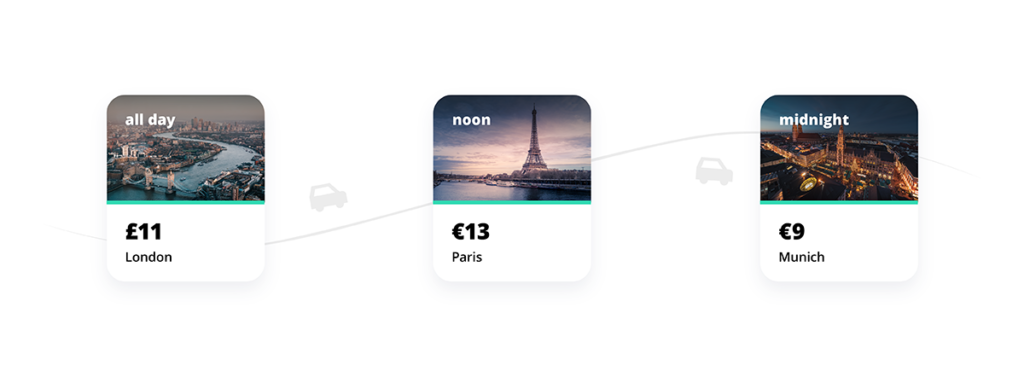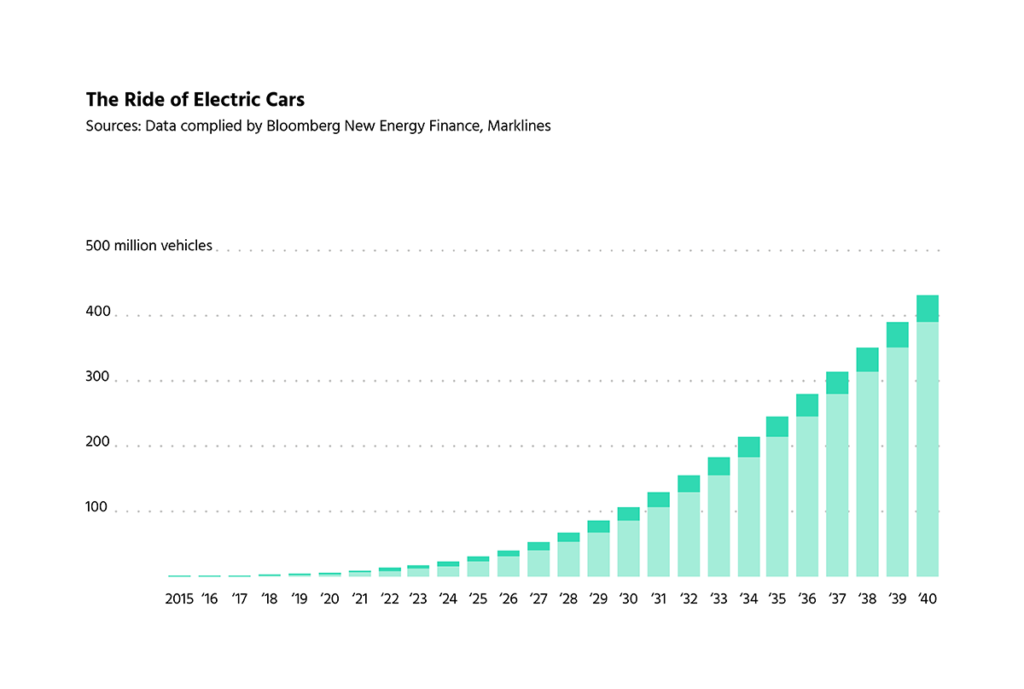How to effectively handle billing & payments for EV stations

Agility is the watchword for people and businesses in the EV charging market. There are as many ways to pay for an EV charge as there are suppliers—plus all the conventional methods, too. By limiting your payment methods, you’re cutting into your bottom line.
Whether the client is using a debit card, an ordinary credit card, or a prepaid debit/credit card, you must be able to accept all of them. For example, someone with a “vanilla” VISA prepaid debit/credit card shouldn’t be refused—many companies use that system to reward customers, or as bonuses for employees. It is a perfectly viable source of income for your business, complete with all the typical protections to assure payment. Precluding any payment type is bad for profitability and for your business reputation.
ISO 15118 represents the best EV charging pricing model currently available. Ideally, the adoption of the ISO 15118 standard will turn the EV charging and billing problem into a historical footnote, irrespective of the type of electrical connection they need. Until then, providers have to adapt to consumer expectations.
EV charging billing can prove challenging
ISO 15118 will make the EV charging industry blossom with providers like Codibly leading the way. When the customer arrives, the vehicle will self-identify via Wi-Fi or through the physical connection of the charging cable. It will then negotiate the billing/payment automatically, and the customer can simply walk away after they connect.
Ultimately, features like an audible tone and blinking light, along with a voice message and text on a screen (in the language identified by the connection to the vehicle), will cover all the bases. For now, providers need to conform to the expectations of their customers—they must demonstrate that they are “easy” to deal with, and have “transparent pricing”.
How to get your EV charging payment right
The various technologies for charging EVs are quite disparate and haven’t made life any easier for energy providers. When it comes to EV charging payment, proprietary systems use keycards, QR codes, and various electric car charging card systems. Prepaid cards, credit cards, and one-time-use cards all add to the confusion. Add in e-mobility roaming service providers, traveling in different countries, or simply getting power from different providers, and rates can fluctuate wildly.
Consumers want consistency
When it comes to EV charging pricing models, there isn’t much clarity. The same number of kWh could cost $7 in most of Nevada, but $14 in Las Vegas. It could cost €9 in Munich at midnight, €13 in Paris at noon, and £11 in London all day long. Customers understand that it can vary due to time, high peak usage, and off- or mid-peak rates.

Different countries have wrangled with historical pricing structures for decades. Is it government owned? Is it private? National regulations often limit what providers are capable of accomplishing.
Nevertheless, by getting the right information to consumers it is becoming less muddy, and drivers have a better grasp of costs. Rather than buying a pig-in-a-poke and hoping they won’t be outraged when they open their monthly billing, they’re beginning to be able to confidently calculate the actual cost of ownership.
Accept various pricing methods
Companies in some jurisdictions are relatively ungoverned. They can charge by the visit, the time of day, by the hour, or by the kWh, and those rates are not necessarily tied to the actual utility rate. They also have additional fees such as “overstay” fees for not removing your vehicle once charged, to make the charger available for another customer.
New charging methods include something akin to dropping your phone on a Qi pad to charge wirelessly. Such things are now available to install in your garage so the car charges automatically (and economically according to the utility rates) when you park it. We should see these soon at charge points as more cars adopt the induction coils for wireless charging.
To further complicate things, however, ad hoc payment solutions are not universally available and some providers accept only tokens, QR codes, keys, or specific electronic identifiers (such as electric car charging cards), and shun those ad hoc payment options. This is arguably a terrible decision since clients won’t bother to “find another way to pay”, but rather go to a provider that does accept their payment method.
Ultimately, we will settle on a true standard (which will likely be ISO 15118), but for now, you should be able to accommodate nearly everyone’s payment method. Combined with meeting their charging needs, whether they use AC, DC, a supercharger connection, or possess a manual adapter to connect to a different system, these are the two essential steps to increase your market share. Remember…you don’t have to be first, but you do need to offer something unique or convenient and be smart to gain customer loyalty.
Differentiate pricing based on customer priority for the same location

Providing a standard rate for transient EV users is expected. You can offer reduced tariffs for “members” that use a particular facility frequently, night rates, parking-without-charging rates, and even family or neighborhood charging plans.
You can offer private fleet rates (taxis, limousines), public fleet rates (school buses, transit buses), or special rates just for employees, and so on. Depending on the locale, you might offer lower tariffs for apartment dwellers that don’t have access to “home charging” options. If you’re nearby a convention center, you might strike a deal for discount charging for their participants with a QR code.
Transparent EV charging billing
EV charging billing should not come as a shock to users. There is no technological reason that EV energy providers cannpoot say what the cost will be the moment the car connects to their system. Many European markets are already providing clear pricing and policies on their websites and at their charging centers.
There is little standing in the way of e-mobility service providers having equally accurate data within their apps. Many are already stating the rate for “X” kWh will be precisely “Y” at location “Z”. This makes it more comparable to purchasing gasoline for an ICE (internal combustion engine) vehicle.
Or, even more helpfully, their app can read the vehicle’s current status and state categorically that AC fast-charging will take 4 hours to top off the battery, or a Supercharger will take 43 minutes—and the cost will be €7, £6, $7.50, or ₹570… Agility is the service provider’s greatest strength, so use it.
There is technology that can make the consumer instantly aware of the cost incurred. You should make sure the billing shows the exact time and duration of the event, the precise address/location, and the rate that was applied. This must be delivered in real-time, and before the end of the billing cycle so any discrepancies can be addressed.
Ensuring cross-border authentication for payment
Crossing a border shouldn’t prevent an owner from charging their EV. It should be as simple as buying fuel for an ICE vehicle. Many people live in one province or state and work in a different one. Some live and work in different countries. The EV charging providers need to cooperate to integrate the ability to obtain power seamlessly wherever the owner happens to be, without needing to fall back to a cash-only position.
Germany, France, and Norway have made great progress in accepting ad hoc payments. Austria is catching up, while The Netherlands lags behind; the latter, however, is making strides in the widespread adoption of roaming protocols, while Austria is picking up the pace by making ad-hoc access more widely available. Respectively, when it comes to comparison shopping for charging rates, Norway is the apparent winner.

Ultimately, when North America makes the same claim (about Canada, the United States, and Mexico), that will be a significant victory. And afterwards, such an example should cascade through Central and South America, too.
EV charging billing makes a huge difference to customer experience
It is inevitable that attrition will do away with most ICE vehicles in the next decade or so. With fusion energy on the horizon, the cost per kWh will drop to trivial rates, but all vehicles, including (already existing) flying electric taxis, self-driving cars, transport trucks, trains, and transoceanic shipping, will likely rely on electricity. Losses in price per kWh will be recovered in the sheer volume of users.
Consider: right now, 80-90 percent of vehicles are still ICE powered. There are well over a billion ICE vehicles currently in use in the world (not including off-road, farming, or heavy construction equipment). Electrical power for everything is the inevitable result as we eliminate the carbon impact on the environment. We’re soon going to need the capability to charge one billion electric replacement vehicles. You can be part of this fabulous, incredible growth industry, or you can be left behind.
The entire world is depending on utilities, charge point operators, and facilitators of all kinds to implement this massive change to society that is as important as the invention of the steam engine. How many times does someone get an opportunity to participate in a turning point in the history of humanity? The answer is effectively “zero” so don’t waste this chance. We need you to do your best work, to make this massive change to society on Earth.

contact us
Need expert guidance on your next energy project?
Reach out to us and discover how Codibly can offer tailored solutions to drive your business.